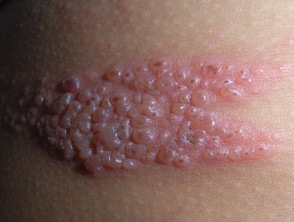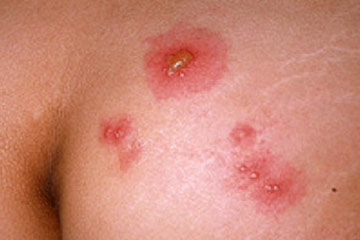Ebola hemorrhagic fever Prevention
The prevention of Ebola hemorrhagic fever presents many challenges.
Because it is still unknown how exactly people are infected with Ebola hemorrhagic fever, there are few established primary prevention measures.
When cases of the disease do appear, there is increased risk of transmission within health care settings.
Therefore, health care workers must be able to recognize a case of Ebola hemorrhagic fever and be ready to employ practical viral hemorrhagic fever isolation precautions or barrier nursing techniques.
They should also have the capability to request diagnostic tests or prepare samples for shipping and testing elsewhere.
Barrier nursing techniques include:
- Wearing of protective clothing (such as masks, gloves, gowns, and goggles)
- The use of infection-control measures (such as complete equipment sterilization and routine use of disinfectant)
- Isolation of Ebola hemorrhagic fever patients from contact with unprotected persons.
The aim of all of these techniques is to avoid contact with the blood or secretions of an infected patient.
If a patient with Ebola hemorrhagic fever dies, it is equally important that direct contact with the body of the deceased patient be prevented.
Source
Ebola Hemorrhagic Fever
Centers for Disease Control and Prevention
GeoSalud, 05 de abril del 2017






